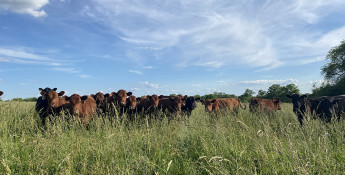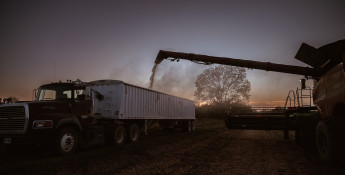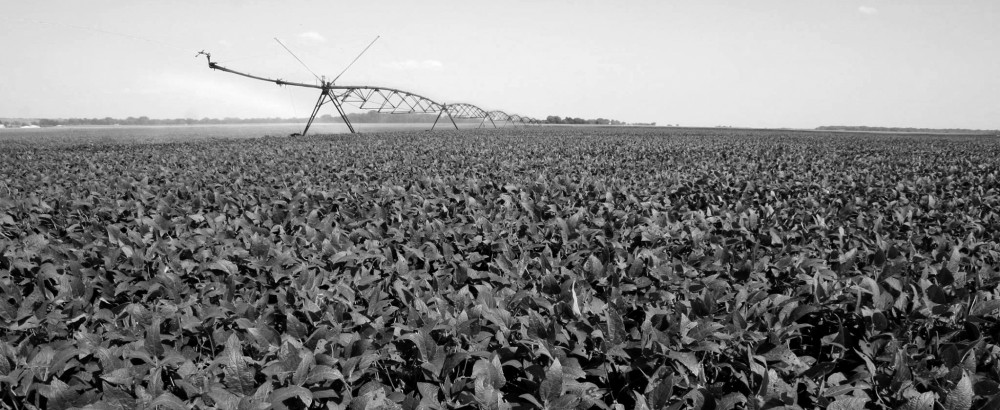By Brandi Buzzard on April 24, 2025
3 Food and Money-Saving Tips from a Rancher
FOOD SAVING = MONEY SAVING
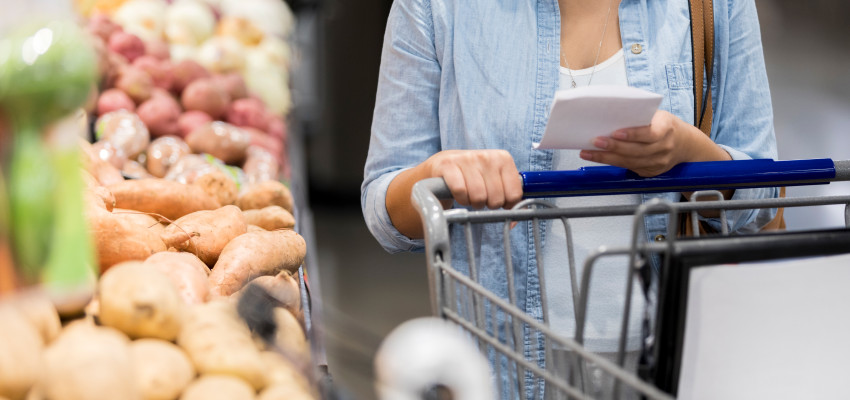
Admittedly, sticker shock at the grocery store is not something that happens to me often. I am the primary grocery buyer in our home and do my best to keep our costs low, so I shop sales, purchase store brands and generally avoid the cookie, candy and snack areas, which tend to add up quickly. As such, I generally have an idea of what my cart will total when stocking up on our normal sundries.
But last week, I bought my husband his morning coffee in bulk, just like I have for the past several years. It comes pre-ground from a mainstream brand, not a special label or bougie. When I put it in my cart, I seriously considered asking him how important coffee was to his everyday functionality (turns out, it’s relatively important). But my goodness, it was $4 more than the last time I purchased it!
Higher prices are not exclusive to coffee, many grocery necessities have increased over the past few months. I’ve found myself stocking the pantry and freezer with staples when they go on sale and employing some money- and food-saving tactics to help ease the pressure at the checkout line.
1. Meal Planning
Two of the biggest advantages of meal planning are it saves time and reduces stress. By taking a little time at the beginning of the week to plan meals, you eliminate the daily “what’s for dinner?” dilemma – which I despise – and avoid last-minute trips to the grocery store or ordering take out. Neither of those alternative options are really feasible for us in rural Kansas, so having some sort of idea about what’s for supper keeps us on track.
It also helps you stay organized, ensures you have all the ingredients you need and streamlines your shopping list, which can lead to fewer impulse purchases and less food waste, which leads us to the next point.
2. Shop Your Pantry (and Freezer)
Shopping your pantry is a helpful habit that can save you money, reduce food waste and inspire creativity in the kitchen. Before heading to the store to shop, or planning the week’s meals, taking inventory of what you already have helps you avoid buying duplicates and makes sure older items get used before they expire.
 Our pantry and freezer always have a few kinds of pasta and sauce, rice, canned/frozen vegetables and fruit, cream-based soups (cream of chicken, mushroom, etc.), beef and chicken broth, ground beef, chicken breasts and pork chops. We buy pork loins and chicken breasts when they are on sale and portion them into smaller freezer bags that can be pulled out and defrosted easily.
Our pantry and freezer always have a few kinds of pasta and sauce, rice, canned/frozen vegetables and fruit, cream-based soups (cream of chicken, mushroom, etc.), beef and chicken broth, ground beef, chicken breasts and pork chops. We buy pork loins and chicken breasts when they are on sale and portion them into smaller freezer bags that can be pulled out and defrosted easily.
3. Planned-Overs
Lastly, including one meal a week that yields leftovers reduces the stress of nightly meal planning and can also reduce food waste. For example, I am unable to make the right amount of pasta when we have spaghetti. I’ll have one jar of sauce and enough noodles for a small army. Inevitably, we will be having pizza pasta later that week to use the rest of the noodles. My kids love it because they get to throw the “pizza toppings” into the pan and put the cheese on top. They don’t know they’re helping us save money and reduce waste! You could also implement planned-overs with a too-big-for-one-meal beef or pork roast that turns into sliders or nachos later in the week.
By trying one or more of these tactics, not only can you make your food budget go further but you can also help reduce your food waste. Americans waste 30 to 40 percent of the food we purchase, which not only affects budgets but is a massive waste of the water, land and other resources that go into raising and growing the food. When a habit is good for our individual households and good for the planet, it’s hard to ignore!
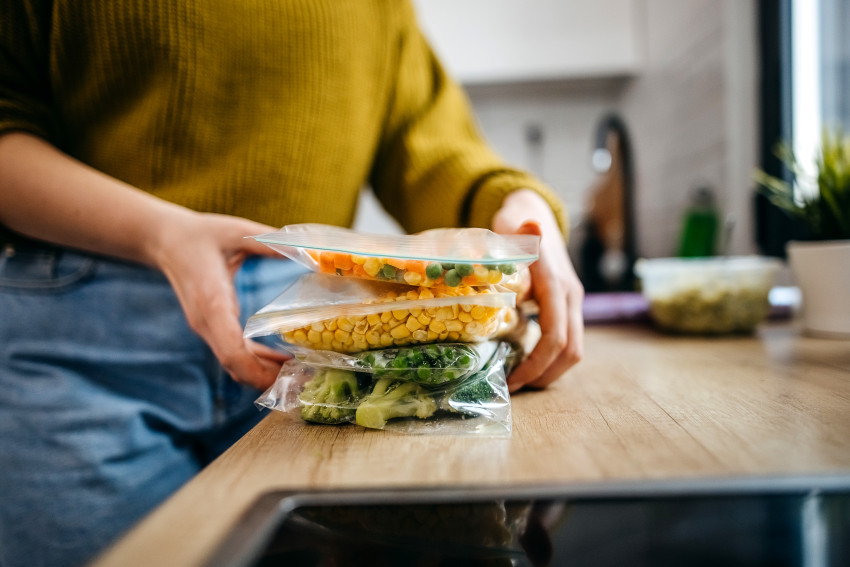 Here is one of my favorite recipes from Farm Wife Feeds to make from ingredients I always have stocked in my pantry and freezer. Plus, you can divide the roast and use it to make vegetable soup or barbecue beef later in the week. Enjoy!
Here is one of my favorite recipes from Farm Wife Feeds to make from ingredients I always have stocked in my pantry and freezer. Plus, you can divide the roast and use it to make vegetable soup or barbecue beef later in the week. Enjoy!
Crock Pot Beef and Noodles from Farm Wife Feeds
Ingredients
3-5 pound beef roast (chuck, arm or round are all going to be very tender after cooking 8 hours)
1 can cream of mushroom soup
1 stick of butter
4 cups of beef broth
24-ounce package of frozen noodles* – I use Reames homestyle egg noodles
Salt and pepper to taste
Instructions
1. Place all ingredients in crock pot except the noodles, cook on high for 4 hours or low for 8 hours.
2. Before you add the noodles, remove half the roast and save for vegetable soup or barbecue beef later in the week.
3. About 1-2 hours before serving, add the noodles and stir.
*You can substitute dry egg noodles for the frozen, but they don't take as long to cook.
YOU MAY ALSO ENJOY:



